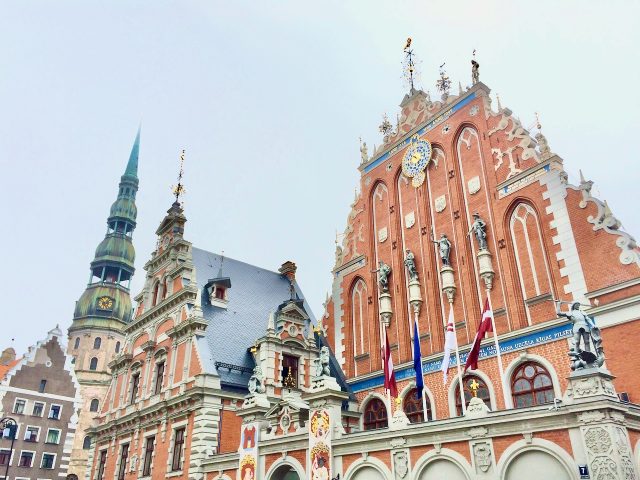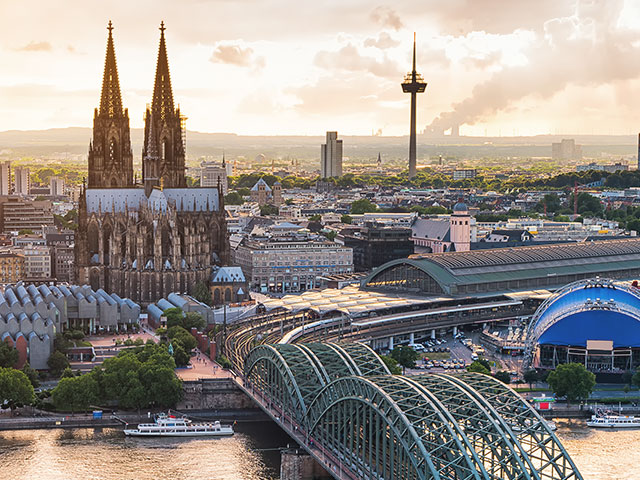How do I arrive to Rēzekne?
Rēzekne is a border town which is pretty well communicated by public transportation.
- Train: there's an important train route between Riga and Zilupe that stops at Rēzekne. It's 3.5 hours from Riga (7.20€) and 1 hour away from Zilupe (2.35€). You can also reach Rēzekne from Daugavpils changing of train in Krustpils.
- Bus: there are at least 6 daily buses from Rēzekne to Riga (4 hours 15 minutes) and at least 4 to Daugavpils (2 hours). From Rēzekne there are also at least 3 buses from Rēzekne to Ludza (30 min) for 1.70€.
- Car:
if the visitor has a car, Rēzekne can be reach from Ludza (aprox. 25 minutes), Rāzna National Park (aprox. 35 minutes), from Daugavpils (aprox. 1 hour 15 minutes) or from Riga (aprox. 3 hours). It's a border town with neighbouring Russia so places like Pskov or Ostov (aprox. 2 hours 30 minutes to both) can be reached from Rēzekne.
History
The area of Rēzekne was inhabited by Latgalians, tribe who built a hill fort in the current area of the town between the 9th and 13th century. It was destroyed by German crusaders of the Livonian Order and built a stone castle, Rēzekne castle. Having being attacked several times by Lithuanians and Russians, Rēzekne became part of the Polish-Lithuanian Commonwealth in the peace of Jam Zapolski (1582) in the Livonian War (being granted Magdemburg rights in the 17th century). In the partition of Poland it fell to the Russian Empire and the town changed from a country town to an important city when the railway St. Petersburg-Warsaw was built. In 1917 Rēzekne hosted the first Latgalian congress (declaring the intention to join an independent Latvia) and after the declaration of independence and the Latvian War of Independence, it became the cultural center of Latgale. The town was hardly damaged during WW2 by both Nazi German and Soviet Army, being rebuilt afterwards under the Soviet domination with an emphasis on industrial development (during this period many Russian inmigrants moved to the town). Unlike the rest of Latvia, Latgale a is mostly Catholic region (65.8% of the population), with important Orthodox minorities (13.8%) and Old Believers (10%). In the past it had a large Jewish population.
What can I visit in Rēzekne?
These are Rēzekne's main attractions:
- Rēzekne Castle Ruins: ruins of a castle built by ancient Latgalians (between 9th and 13th century) and then ruled by the Livonian Order. The castle was destroyed in the Polish-Swedish war (but a reconstrution of how it was can be found near).
- Sāpju Dievmātes Catholic Church: chuch ruled by the Marian fathers that was built in 1939.
- Vissvētākās Dievdzemdētājas Piedzimšanas Russian Orthodox Church: 19th century church which has been rebuilt several times. It has a glass chapel where General Karaulov (patron of the church) was buried.
- Latgales Māra:
bronze statue which conmemorates the liberation of Latgale from the Red
Army in November 1920 but removed during the Soviet occupations. It's
one of the most famous statues in Latvi.
- Latgale Culture and History Museum (10-18 Wed-Sat and 11-17 Sun from Jun to Aug; 10-18 Tue-Sat from Sep to May): museum which shows the history, traditions and culture of this region of Latvia. It also has temporary expositions.
- Green Synagogue (10-15 Wed and Sat): small synagogue built in 1845, when the train line started to get developed and many people started living in Rēzekne. It shows the history of Jews in Rēzekne and in Latgale.
- Rēzekne Catholic Cathedral: cathedral finished in 1902, first built as a wooden church that got burnt in 1887, is one of the largest Catholic cathedrals and cathedrals in general in Latvia. It's curved wooden altars and stained glasses are interesting to be seen.
- St. Nikolaja Old Believers Church: 19th century complex with a 3-bells belfry (one of them is the biggest in the Baltic countries) and a museum which shows the daily life of Latgalian Old-Believers.
 |
| Rēzekne Catholic Cathedral |
 |
| Latgales Māra |












 08:11
08:11
 Banknotemaniac
Banknotemaniac
 Posted in:
Posted in: 


